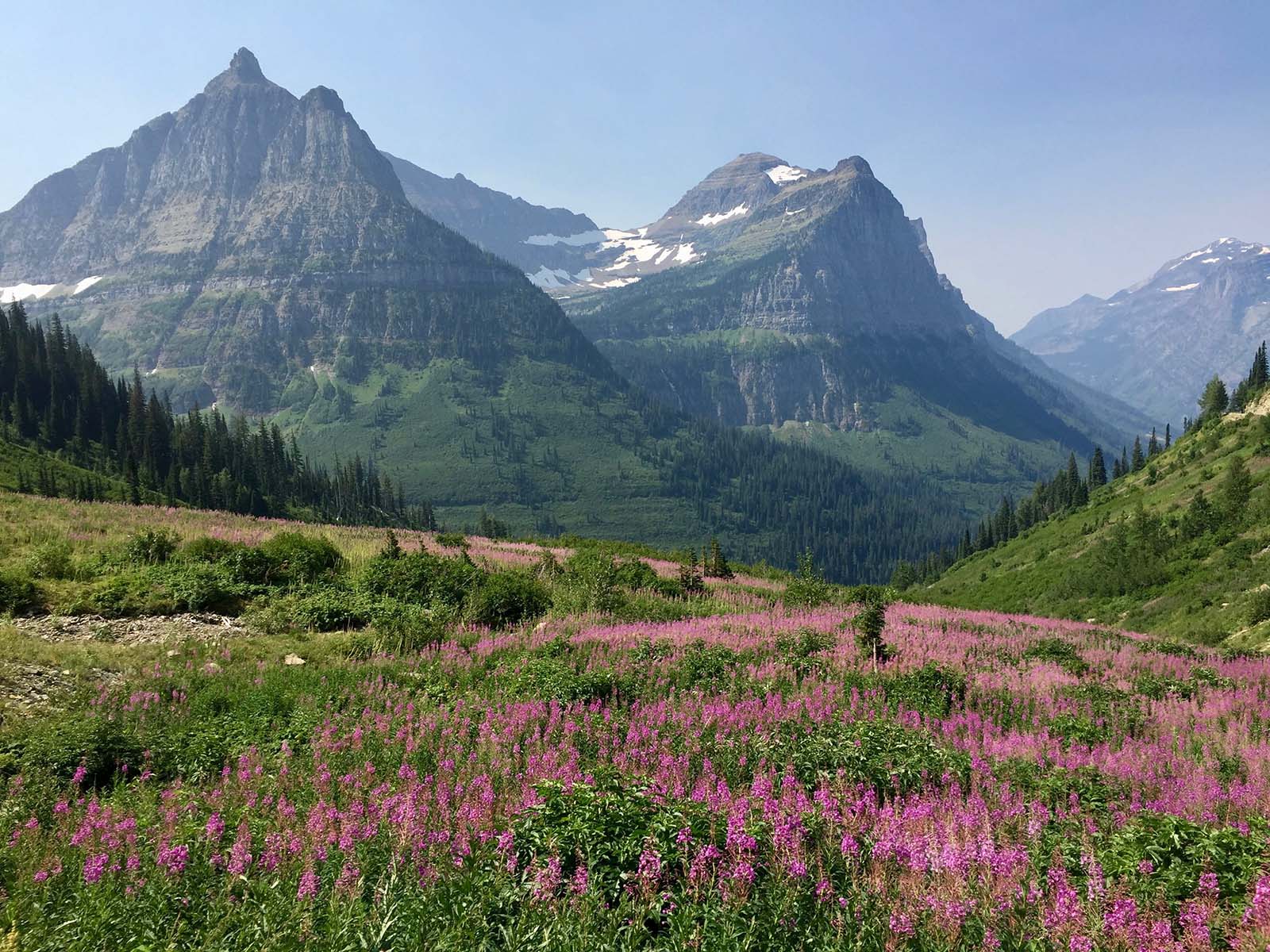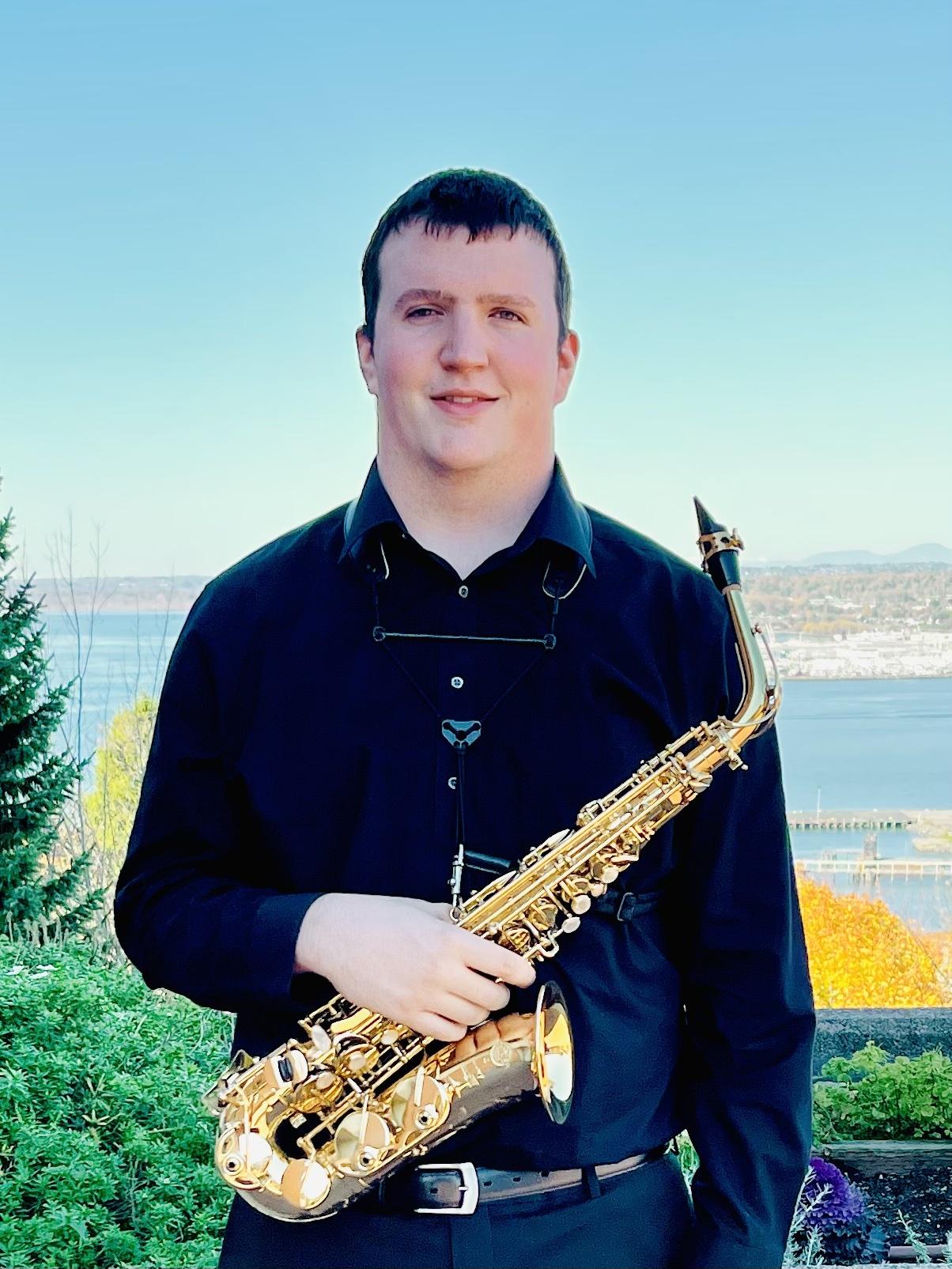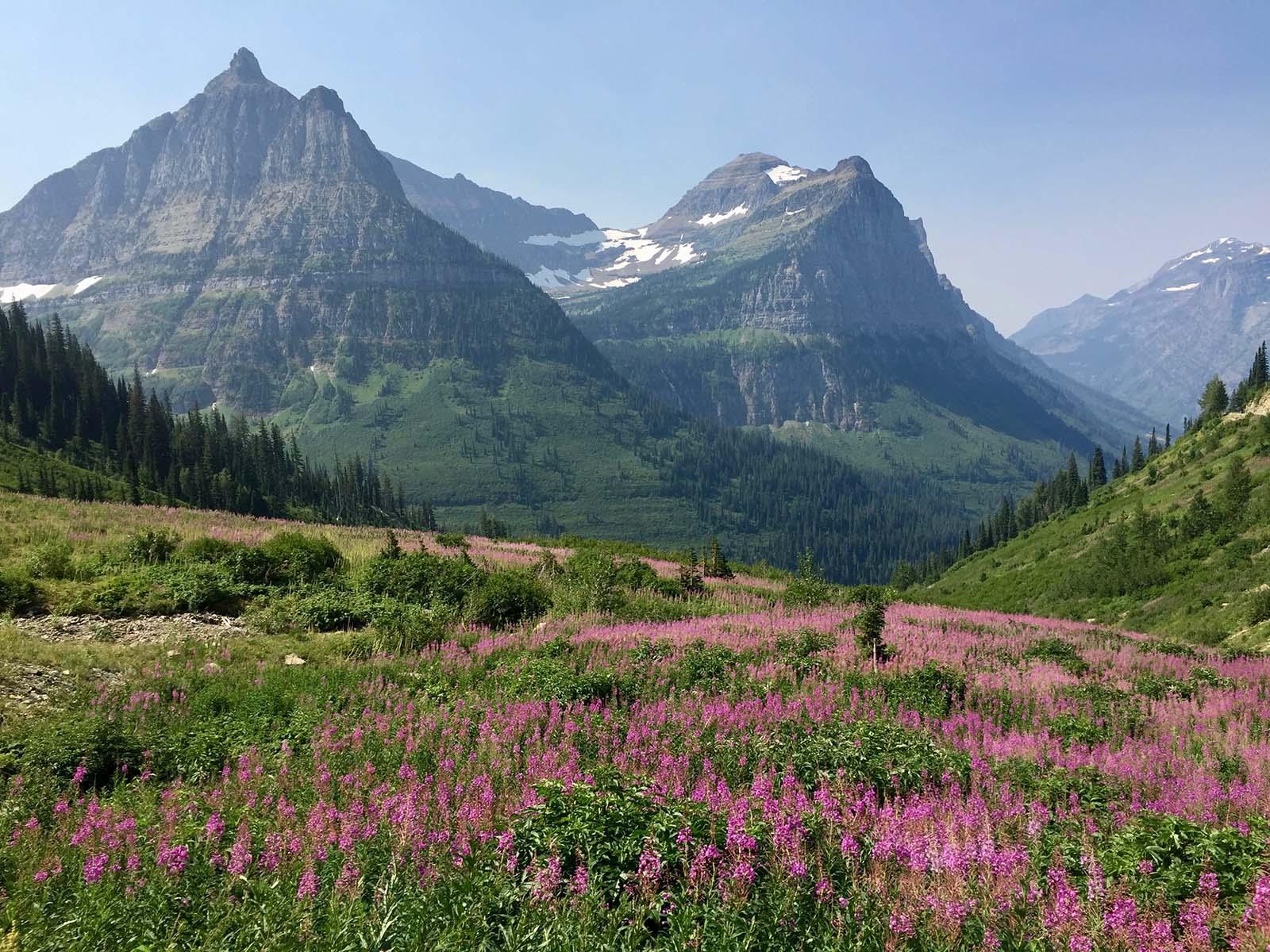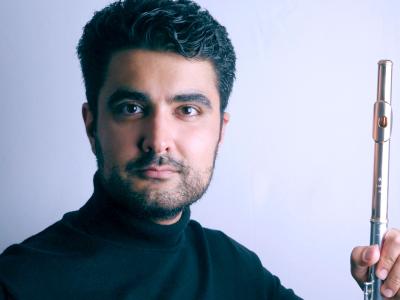Wind Symphony: Maslanka, Bernstein, Orff

Time and Location
- 2021, Dec 07 Performing Arts Center 155 - Concert Hall
Concert Program
Jordan Marbach
Soloist, Alto Saxophone
Christopher Bianco
Conductor
Concerto for Alto Saxophone and Wind Ensemble (1999)
- David Maslanka (1943-2017)
- Song: “Fire in the Earth”
- Interlude: “Starry Night”
- Song: “Dear Jesus, what have you DONE!!”
- Interlude: “Starry Night”
- Song: “Mortal have you seen this?”
Jordan Marbach, Alto Saxophone
Intermission
Overture to Candide (1955)
Leonard Bernstein (1918-1990)
Trans. Clare Grundman
Carmina Burana for Winds and Percussion
Carl Orff (1895-1982)
Arr. John Krance
Cantiones Profanae
- O Fortuna, velut Luna
- Fortune plango vulnera
- Ecce gratum
- Tanz-Uf dem Anger
- Floret Silva
- Were diu werlt alle min
- Amor volat undique
- Ego sum Abbas
- In taberna quando sumus
- in trutina
- Dulcissime
- Ave formosissima
- Fortuna Imperatrix Mundi
Join in the celebration as the Western Washington University Wind Symphony gives its first in-person performance in nearly a year and a half!
Our program features one of the winners of the 2021 WWU Concerto Competition, alto saxophonist Jordan Marbach performing David Maslanka’s epic Concerto for Alto Saxophone and Wind Ensemble. The ensemble will also perform Leonard Bernstein’s classic Overture to Candide and an exciting transcription of Carl Orff’s masterwork: Carmina Burana
About Jordan
Jordan Marbach is from Omak, Washington. He is currently pursuing his undergraduate degree in saxophone performance at Western Washington University studying with Fred Winkler. He has attended the American Saxophone Academy for the past two summers. During his time at Western, Jordan has been a member of the Whatcom Wind Ensemble, Western Wind Symphony, and the Western Saxophone Quartet. He was also a national finalist in the MTNA Young Artist Performance competition this past year.

Western Washington University Wind Symphony
Flutes
- Creed Carlson
- Kate Hales
- Shane Walz
Oboes
- Tate Cohan
- Martijn Wall
Bassoons
- Trevor Born
- Parker Rivas
Clarinets
- David Bissell
- Amara Farah
- Connor Garrod
- Jack MacCleary
- Marcel Helland
Saxophones
- Matthew Avery
- Carlos DeBorst
- Jordan Marbach (Winner of 2021 Concerto Competition)
- Chet Przybysz
Trumpets
- Benjamin Allwright
- Chase Cohen
- Jason Harris
- Alex Marbach
- Igor Rudenko
Horns
- Ben Medranda Lentz
- David Pike
- Ben Northam
- Quin Wilder
Trombones
- Jared Johnson
- Colin Marks
- Ian Schroeder
- Euphonium
- Elijah Yost
Tuba
- Nick Hastings
- Jake Rivera
Percussion
- Tyler Bateman
- Toby Bruce
- Addisen Critchlow
- Malia Della Sala
- Lucas Webster
- Jonathan Woods
Double Bass
- Amiko Mantha
Piano
- Jacinda Davis
- Sum Yee Lee
Opening on Broadway on December 1, 1956, Candide was perhaps a bit too intellectually weighty for its first audiences and closed after just 73 performances. Bernstein was less concerned over the money lost than the failure of a work he cared about deeply. The critics had rightly noted a marvelous score, and Bernstein and others kept tinkering with the show over the years. With each revival, Candide won bigger audiences. In 1989, the already seriously ill Bernstein spent his last ounces of vital energy recording a new concert version of the work. “There’s more of me in that piece than anything else I’ve done,” he said. The sparkling overture captures the frenetic activity of the operetta, with its twists and turns, along with Candide’s simple honesty. From the very beginning, though, the overture was a hit and swiftly became one of the most popular of all concert curtain raisers. Brilliantly written and scored, flying at breakneck speed, it pumps up the adrenaline of players and listeners alike. It features two of the show’s big tunes: the sweeping romantic one is Candide’s and Cunégonde’s love duet “Oh Happy We,” while the wacky up-tempo music is from Cunégonde’s fabulous send-up of coloratura soprano arias, “Glitter and Be Gay. ”Carmina Burana was originally a collection of 254 medieval poems and texts, mostly from the 11th and 12th centuries. Collected by the "goliards,” who were vagrant scholars, vagabond poets and wandering monks of the 13th century, the songs " ...are frank avowals of the earthly pleasures: eating, drinking, gambling, love-making; the beauty of life and springtime, the irony and cruelty of fortune...” Carl Orff's 1935/1936 arrangement of 25 of these movements for orchestra and large choral ensemble is one of the most famous works of its time. John Krance, chief arranger for the U.S. Army Field Bands, chose 12 of the most suitable movements and transcribed them for large concert band, without chorus. Several of the melodies have been featured in commercial settings and will likely be familiar to many in our audience.
Program Notes by David Maslanka
This concerto turned out to be a good deal larger than I would reasonably want. As I got into the composing, the ideas became insistent: none of them would be left out! The format of songs and interludes arises from my other recent works for saxophones (Mountain Roadsfor saxophone quartet and Song Book for alto saxophone and marimba), and suggests a music that is more intimate than symphonic. There is a strong spiritual overtone with quotes from Bach chorales, and from my own works Hell’s Gate and Mass. A story is hinted at which has the Crucifixion right smack in the middle --the climax of the third movement quotes the “Crucifixus” from the Mass. I don’t know what the story is, only that it wants to be music and not words.
I. Song: “Fire in the Earth”
Walking through a Montana field on a brilliant late fall day, three images came in rapid succession: a distant row of red plant stems caught by the morning sun, snow on the surrounding high mountains, green grass at my feet. The following poetic image came:
- Fire in the earth
- Snow in the heavens
- New green grass in the middle of November
This is a quiet, emotional music –sometimes not so quiet –contained by a very simple song form.
II. Interlude: “Bright Window, Your Night Is Full of Stars”
Bright Window is the soprano song right before the Credo in my Mass. I have transcribed it whole as a beautiful song for the solo saxophone. The words of the original song reach out in prayer to the Holy Mother and ask for a personal connection with all that is. This music is dedicated to the memory of Joseph Christensen, Director of Bands at Iowa State University, whose untimely death was a shock to his many friends.
III. Song: “Dear Jesus, what have you DONE?!”
This music grows out of the chorale Herzliebste Jesu, was hast du verbrocken (Dearest Jesus, what law did you break). The chorale is the starting point for a huge upsurge of powerful emotion, cresting with the climax of the “Crucifixus” from the Mass. Dear Jesus, what have you done to get yourself crucified? ... And then you drag the rest of us up there with you!
IIV. Interlude: “Starry Night”
Starry Night is not a quiet night! There is both mystery and playfulness in this music, and playfulness finally wins out, erupting into an extended dance episode with a very Baroque feel. Of all the movements, this one is most nearly a scherzo.
V. Song: “Mortal, have you seen this?”
In the Book of Ezekiel, the prophet has a vision of a man “whose appearance shone like bronze.” The “Bronze Man” shows him the Holy City. He then leads him into a deep and very wide river that cannot be crossed, and says “Mortal, have you seen this?” Where the river enters the sea the water becomes fresh; everything will live where the river goes; trees along the river will not wither, their fruit will be for food, their leaves for healing. This movement is an echo of the third. It opens and closes with what has been called the “coronation” music from my composition Hell’s Gate–in this case played very softly and inwardly.
Disability Accommodations
For disability accommodations, please contact the department presenting the event. Disability access information is available online at Parking Services, and further resources can be found by contacting Western's Disability Access Center.





